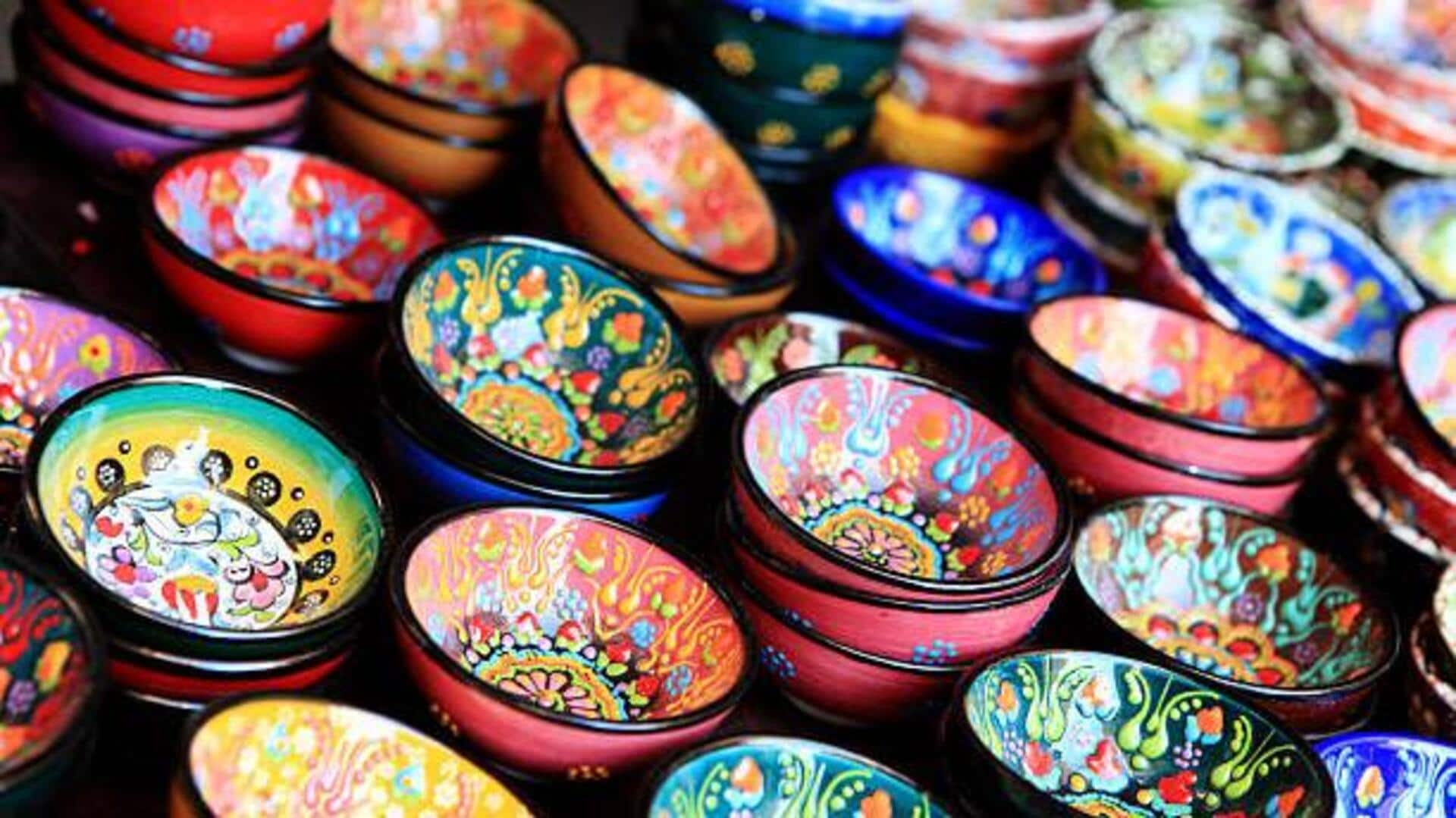
African pottery: Craftsmanship, legacy, and more
What's the story
African pottery is a rich and diverse art form practiced across the continent for centuries. This craft reflects the cultural heritage and traditions of the African community, showcasing unique styles and techniques. From utilitarian objects to decorative pieces, African pottery serves multiple purposes while embodying artistic expression. The intricate designs and patterns often tell stories or symbolize cultural beliefs, making each piece a testament to the artisan's skill and creativity.
Historical insight
Historical significance of African pottery
African pottery dates back thousands of years, with artifacts discovered in archaeological sites across the continent. These artifacts give insight into ancient civilizations' daily lives, trade practices, and social structures. From cooking and storage to rituals and ceremonies, pottery was used for a variety of purposes. The evolution of pottery styles over time also reflects changes in technology, materials available, and cultural influences from other regions.
Craft techniques
Techniques used in crafting pottery
The process of making African pottery involves several traditional techniques that have been passed down through generations. Hand-building methods like coiling or pinching are commonly employed to shape the clay into desired forms without the use of a potter's wheel. Once shaped, pots are often decorated with tools such as combs or sticks to create intricate patterns before firing in open pits or kilns at varying temperatures according to local customs.
Symbolic patterns
Cultural symbolism in designs
The designs on African pottery are steeped in cultural meanings, which differ from community to community. For instance, geometric shapes may signify natural elements such as water or mountains, whereas animal motifs can denote strength or protection spirits in the belief systems of some tribes. These symbols convey crucial messages regarding identity, heritage, values, etc. making them an essential part to grasp this art form's depth and complexity beyond aesthetics.
Contemporary influence
Modern adaptations of traditional styles
Recently, artists and collectors have shown a renewed interest in African pottery, appreciating its history and beauty. Many contemporary makers are now combining traditional techniques with modern materials, giving rise to new takes on traditional forms. This combination of old and new ensures the art form's continuity and growth, making it relevant for future generations to appreciate and learn from.